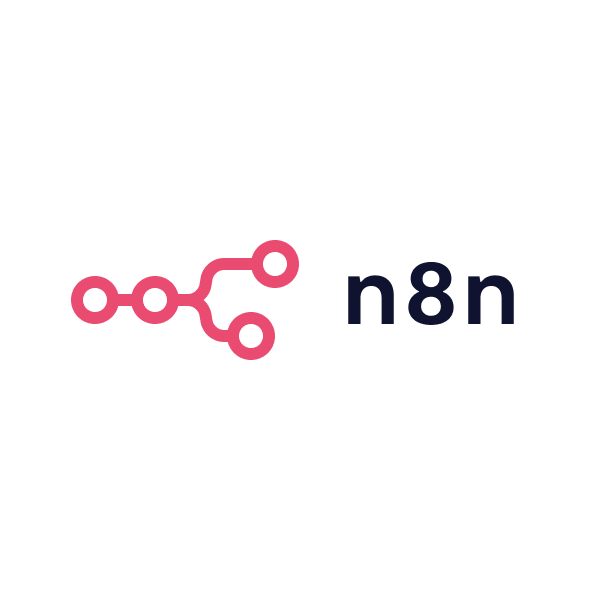Having worked with various project management tools throughout my career as a head of growth and founder of two agencies, I've had the opportunity to implement Trello, ClickUp, and Notion in different capacities. While Trello offers a user-friendly interface and is suitable for simple task management, it falls short when it comes to handling complex marketing campaigns. On the other hand, ClickUp and Notion provide more comprehensive solutions that cater to the multifaceted needs of marketing teams.
Strengths of ClickUp and Notion
ClickUp stands out with its all-in-one approach, offering features like Gantt charts, time tracking, and advanced reporting, all within a single platform. This integration reduces the need for multiple tools and streamlines workflows. Notion, while more of a knowledge management tool, allows for extensive customisation, enabling teams to build their own workflows and databases tailored to their specific needs. Both tools support automation, reducing manual tasks and increasing efficiency.
Limitations to consider
The primary challenge with ClickUp is its steep learning curve. The abundance of features can be overwhelming for new users, and setting up the system to fit your team's needs requires a significant investment of time and effort. Notion, while highly customisable, lacks some built-in project management features, requiring users to build their own systems from scratch. This can be time-consuming and may not be ideal for teams looking for an out-of-the-box solution.
Ideal fit for marketing teams
ClickUp is ideal for marketing teams that require a comprehensive project management solution with built-in features and integrations. It's suitable for teams that manage multiple campaigns and need robust reporting and automation capabilities. Notion is better suited for teams that value customisation and flexibility, and are willing to invest time in building their own systems. It's particularly useful for content-heavy teams that require a centralised knowledge base.









